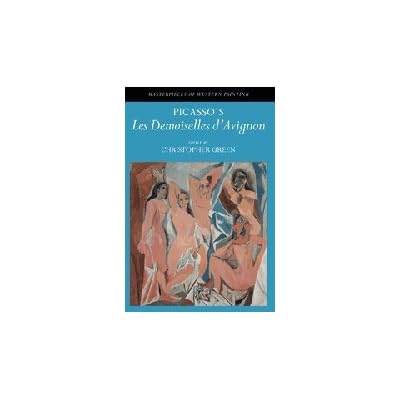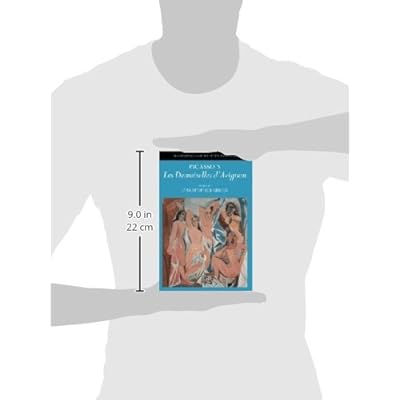Picasso's 'Les demoiselles d'Avignon' (Masterpieces of Western Painting)
Category: Books,Arts & Photography,History & Criticism
Picasso's 'Les demoiselles d'Avignon' (Masterpieces of Western Painting) Details
Book Description Long recognized as one of the most significant paintings of the twentieth century, contributors to this volume consider Picasso's Les Demoiselles d'Avignon from a variety of methodological and topical perspectives, including psychoanalytical, feminist, historical, and post-colonial. Through these various analyses, the contributors explore the power and significance of Les Demoiselles d'Avignon, situating the work within twentieth century art history as a whole and debates over Primitivism, sexuality, and stylistic change. Read more

Reviews
This is one of the Cambridge University Press "Masterpieces" series, collections of essays on particularly well-known paintings, intended to illuminate the works from a variety of perspectives. This one is edited by Cristopher Green, a professor of art history at the Courtauld Institute of Art of the University of London and a Fellow of the British Academy, who has extensive curatorial experience and who has written widely on modern art and on cubism in particular. He contributes an introduction to the painting and the problems and challenges it poses for its viewers as well as a summary essay synthesizing the articles in this volume and the work of other writers. These two pieces provide an excellent framework within which to interpret and evaluate the huge amount of scholarship and criticism that has been devoted to the picture, which, Dr. Green says, is a result not only of the painting's historical importance but especially because of the sheer volume of material documenting its creation, i.e., two whole volumes compiled for the 1988 "Demoiselles" exhibition in Paris and Barcelona. The five essays gathered here include John Golding's critical evaluation of that 1988 exhibition; "Painting as Trauma," in which Yve-Alain Bois provides a psychoanalytic basis to investigate the painting's impact on its spectators; and Tamar Garb's analysis of Gertrude Stein's reaction to the obvious gender-specific issues the work raises. There are also essays which discuss the painting against the background of French colonial policy in Africa around the time of its creation and in the context of contemporary discussions of degeneracy and syphilitic deterioration among the populace. All the discussion is valuable in indicating the shifts in interpretive style over the course of the painting's existence: Andre Salmon set the parameters of the early formal analysis, in which the work was regarded essentially as "pre-Cubist"; Leo Steinberg radically detached it from the narrative of cubist evolution and turned attention to its inescapable sexual immediacy; William Rubin has insisted more than others on the biographical matrix--etc. The editor himself has called attention to the absence of these and other major commentators from his selection of essays, and one can only regret that they have not been included. But Dr. Green's introduction and summary, and John Golding's discussion of the huge 1988 exhibition, together with a helpful index and a select bibliography, make the volume a useful guide through the vagaries of the criticism. It has helped me to form a much clearer picture than I had of the influence of this iconic painting and its interpretation on discussions of Picasso, Cubism, and modern painting in general.



